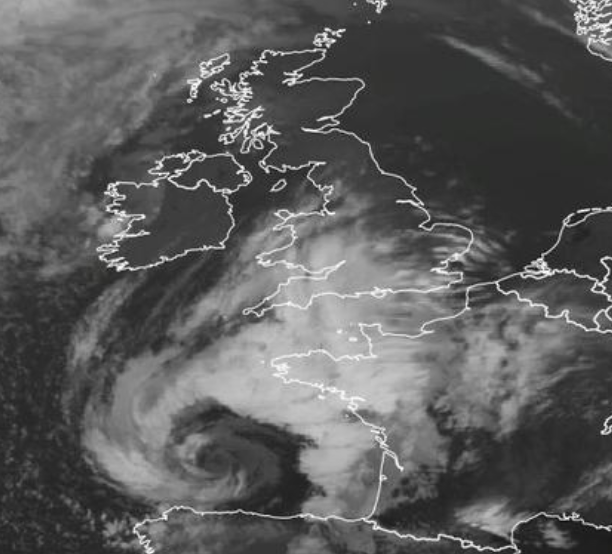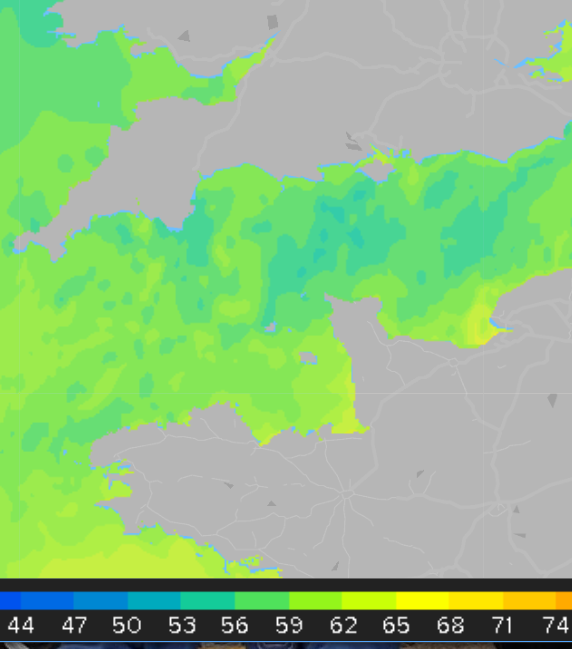by Meteorologist, Kerry Challoner Anderson
As we recognize the 75th Anniversary of the D-Day invasion it is interesting to look at the role the weather and meteorologists played in the success of the operation. According to How D-Day was Delayed by a Weather Forecast, “The planning team responsible for the invasion of Normandy had to consider the weather, the moon and tides when assigning a date for D-Day. Air Operations required clear skies and a full moon for good visibility. Naval Operations required low winds and calm seas to safely transport troops ashore. Ground troops needed to land at low tide, when German beach obstacles were exposed and easier to deal with.”

Seventy-five years ago, the weather conditions were not ideal at the first chance to start but meteorologists forecast a window of improvement so the invasion began on June 6. Interestingly conditions are quite similar today. Skies cleared for awhile over the Channel but they didn’t last long and by morning a system rotates up from the south bringing cloudy skies and increasing winds.

One requirement for a successful crossing was visibility but a major issue in the Channel is fog, especially at this time of the year. Like California the fog forms due to the cold ocean temperatures. Today’s sea surface temperatures show a very chilly swath of upper 40s and low 50s. As we move into summer warm, moist air moving over the water is cooled as it comes into contact with the ocean’s surface and advection fog forms. Once the fog forms it is hard to clear as the air is dense and remains close to the surface unless a storm system moves through with strong enough winds to force the air to mix. But while we need the wind to clear the fog, too much wind would have caused the flotilla to struggle as they crossed the Channel and on the landings. With a front arriving from the south, winds have been increasing today as they likely did 75 years ago.

As I think about this historical day I give thanks to those who were willing to serve their country, both the fighting men and the meteorologists that provided the forecasts that allowed commanders the ability to plan for the greatest success.
